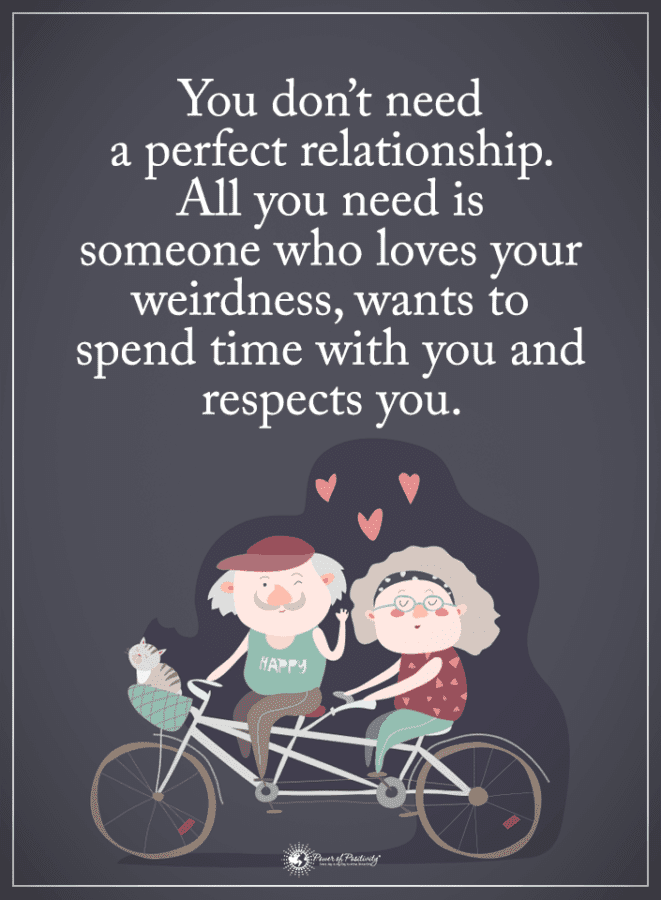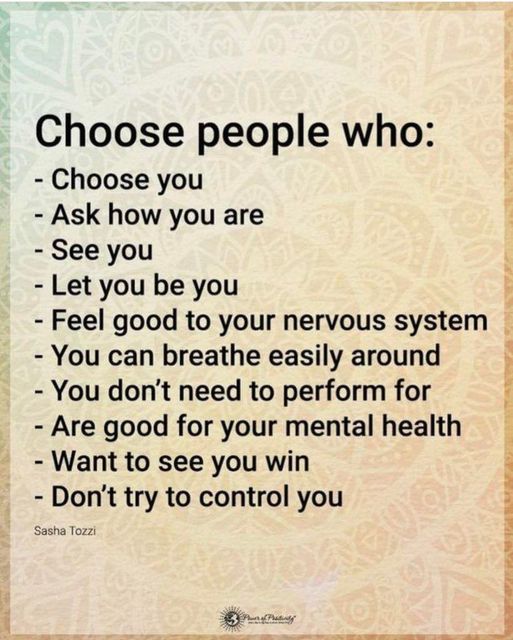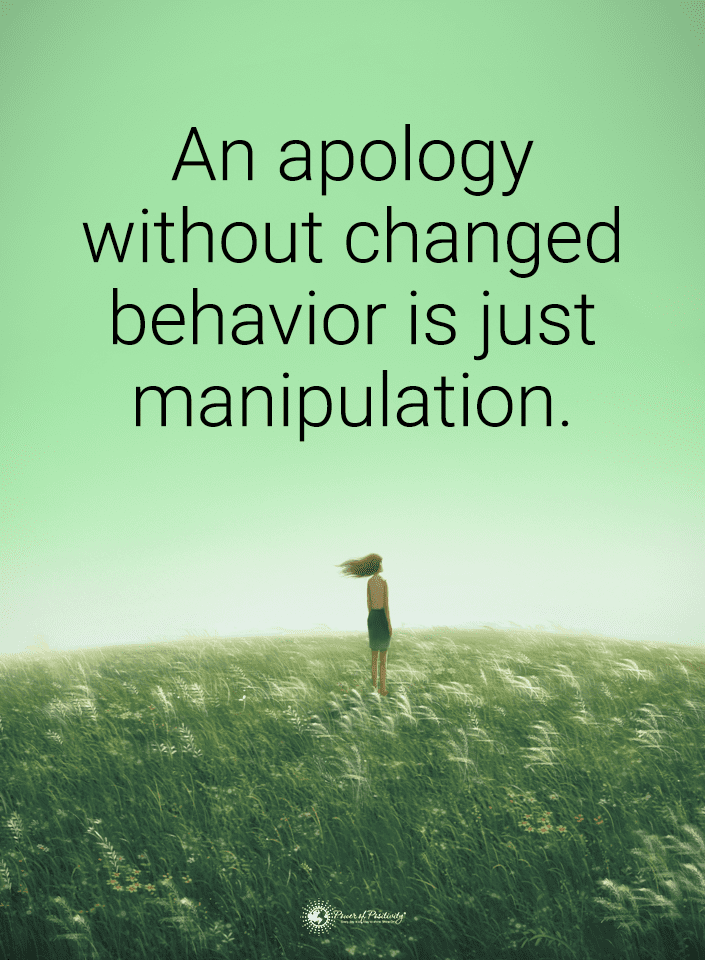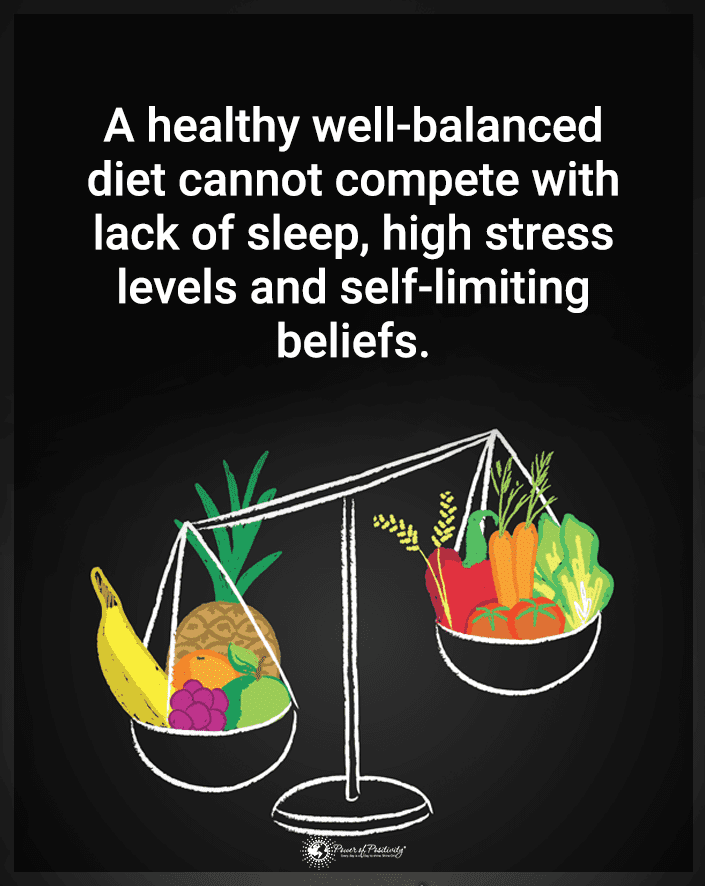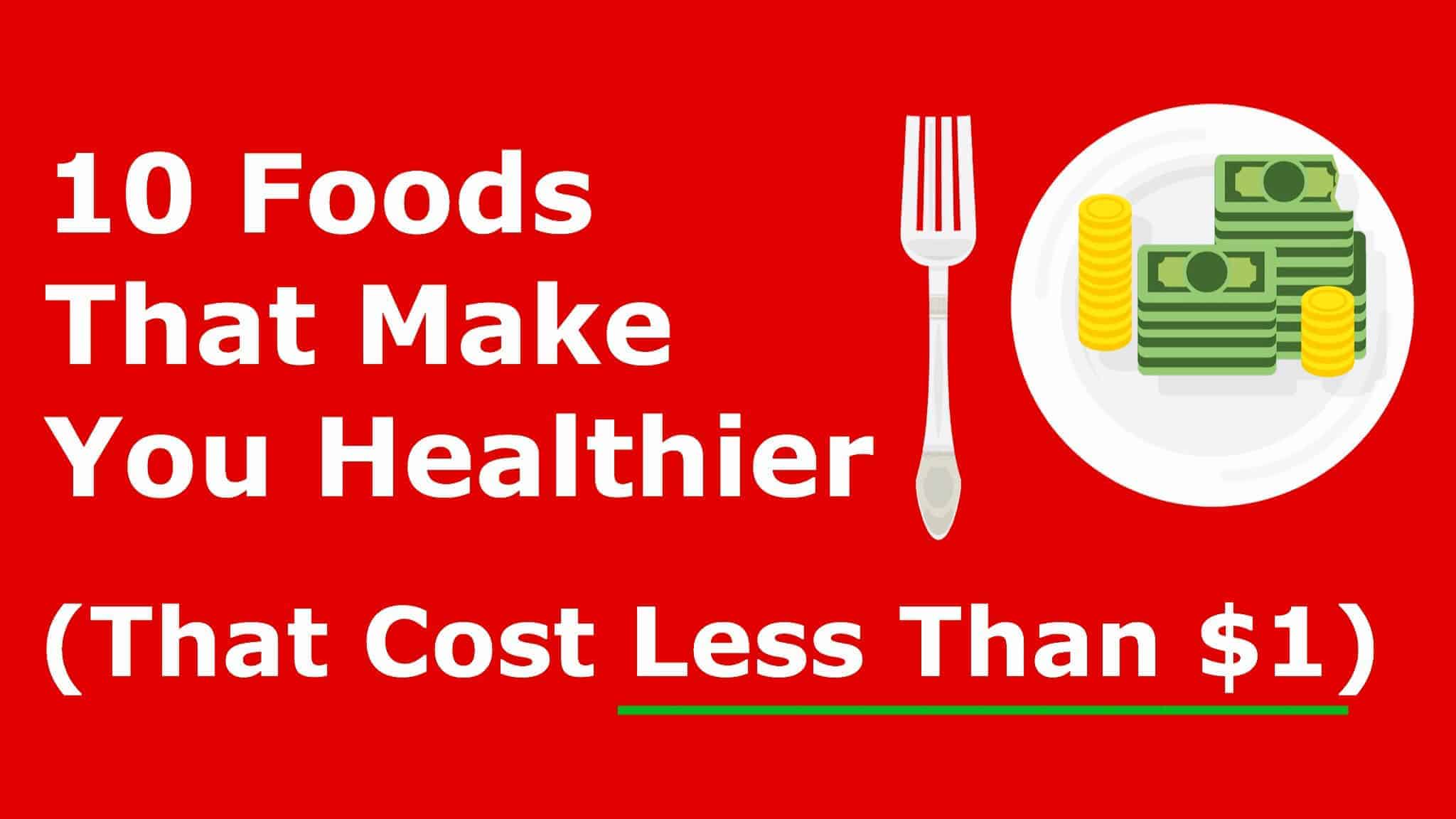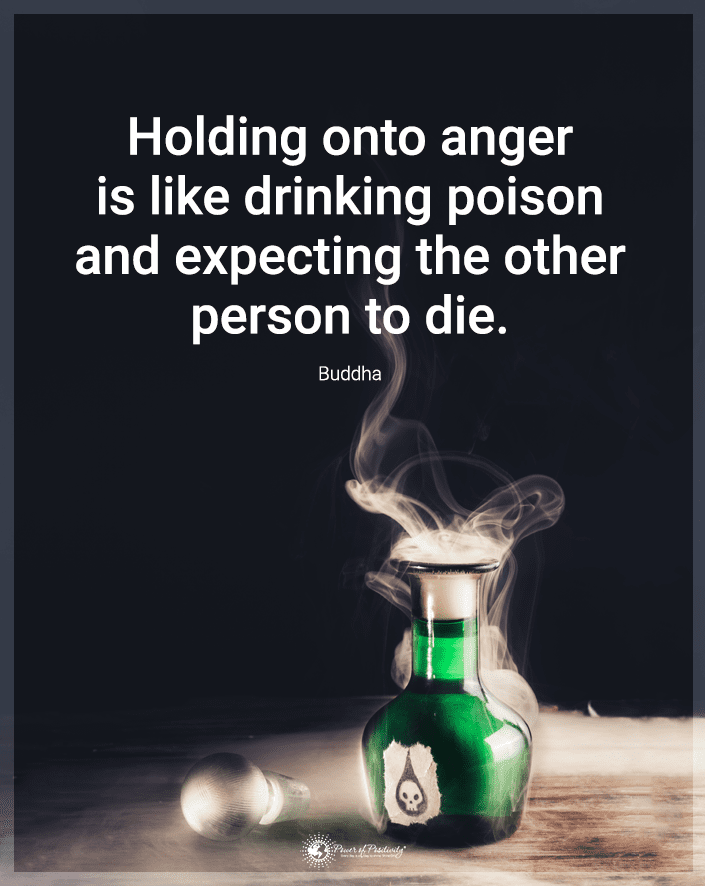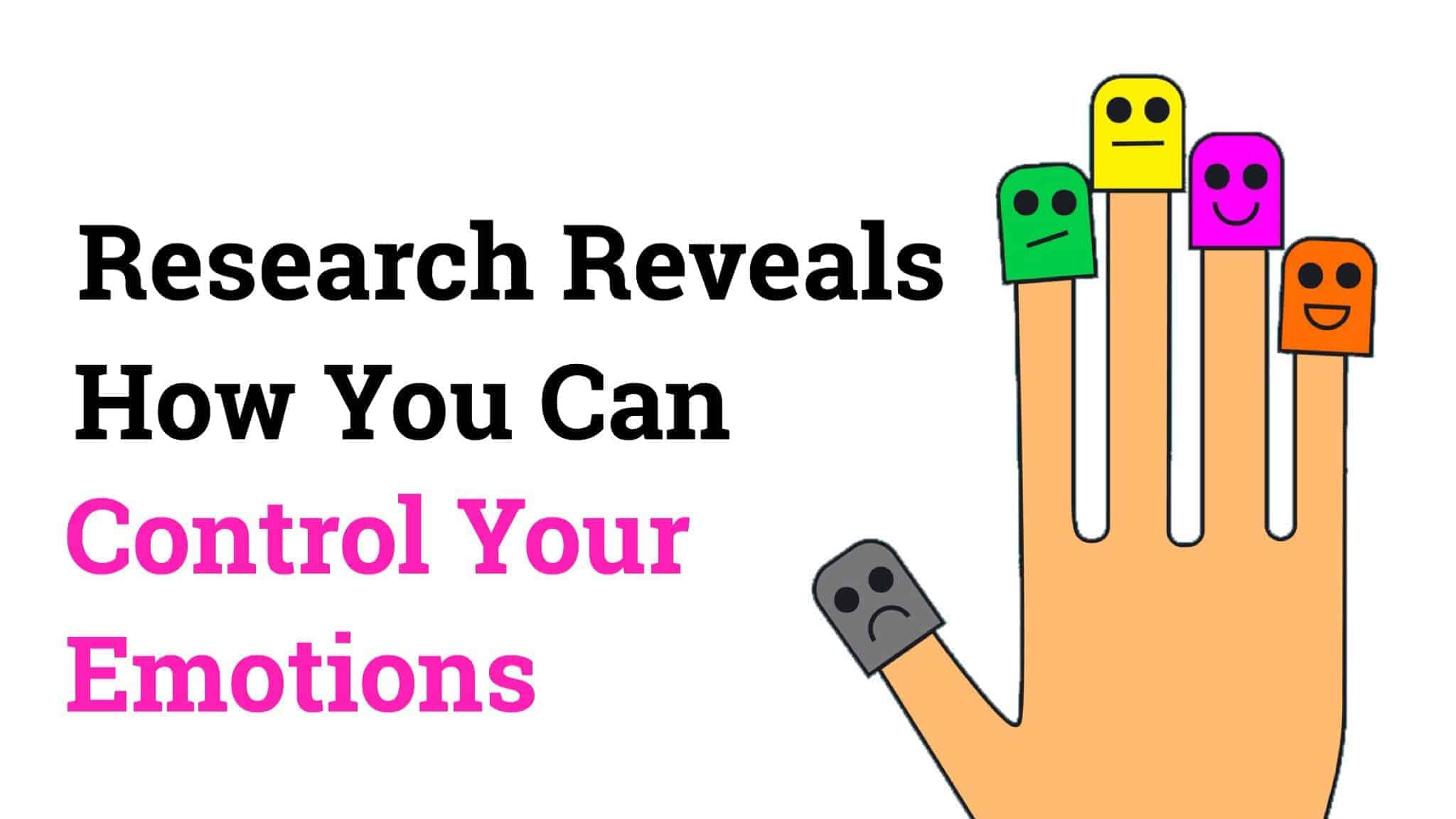Nick Hornby once said, “It’s no good pretending that any relationship has a future if your record collections disagree violently or if your favorite films wouldn’t even speak to each other if they met at a party.” There’s all kinds of different levels of strength when it comes to relationships – and some relationships are stronger than others.
A strong relationship is one where you “Enjoy what others have to offer rather than trying to change them to fit your own template of how life and love should be,” according to author Kate Figes.
So, if you’re trying to evaluate how strong your relationship is, you may compare it to other relationships you see around you in your day-to-day life. But, there is an even better way to determine if your relationship is stronger than ever, especially if it has been through rough patches.
Here Are 11 Habits of a Strong Relationship
“In a strong relationship each person should support the other; they should lift each other up.” – Taylor Swift
1. Good communication skills
One of the biggest, most important things about relationships is knowing how to communicate with your partner. Whether it’s communicating about your plans for the day, or talking about deep, emotional things that can bring you closer together, communication is one of the most important things that a relationship needs to be strong. And more important, you also know how to listen to one another when you’re communicating back and forth, even if it’s about something silly.
Or as psychologist and relationship expert John Gottman pointed out, “The thing that all really good marriages and love relationships have in common is that they communicate to their partner a model that when you’re upset, I listen. The world stops, and I listen. And we repair things. We don’t let things go. We don’t leave one another in pain. We talk about it, and we repair.”
2. Trust in each other
How can you be in a strong relationship if you don’t trust the other person? Trust is key to any strong relationship. If you trust your partner not to hurt you, cheat on you, lie to you, and to communicate with you, then you’re already ahead of the game for a lot of relationships. Trust is instrumental to any relationship; if you lack trust in your partner, it may be a sign that the relationship isn’t working. However, if you feel like you can trust your partner and know that your partner can trust you, then you’re doing amazing.
3. You don’t check out other people
Some people feel like this isn’t something that is a big deal in a relationship. After all, we’re all human and we all have eyes. If you don’t act on it, what’s the harm in looking at an attractive person? However, couples who have a strong relationship don’t even feel the desire to check others out, even if they find them attractive. Acknowledging that another person is attractive is different than ogling them when your partner isn’t looking.
4. You problem solve
Money problems? Relationship problems? Stress? Whatever the issue, you and your partner can solve those problems together. Even if the problem seems big and unmanageable, you know that you’ll be able to tackle anything with your partner by your side. A strong, successful relationship means being able to work together to solve problems, even if you disagree on the solution. Turning towards your partner for support in problem solving means that your relationship is strong.
5. You have fun together
What’s the point of a relationship if you can’t have fun together? “Schedule time together. Find things to do that each of [you] enjoy. Say no to other things that would keep you from having adequate time together,” says relationship psychotherapist Dr. Fran Walfish.
Even if things become stressful due to life stressors, you still have time to get together with each other and forget the rest of the world while you have fun. A good relationship always has time for you and your partner to enjoy being with one another. Learning when it’s a good time to just let go means that your relationship is strong and that you have a long future together.
6. You help each other grow
Being a person is all about growing and learning new things about yourself. In a relationship, you want to be with someone who can help you learn and grow, rather than hold you back. A strong relationship will always involve two partners who help and push one another to grow and become better people – whether that means giving them some tough love, or holding their hand when they need it.
After all, “It is clear that when we know someone has our back, we are more confidant and more adventurous. We achieve our goals more easily and are less derailed by disappointments,” says Dr. Sue Johnson. A partner who actively supports your goals and dreams strengthens your relationship.
7. Affection toward each other keeps growing
Affection is one of a few very important things in a relationship. Holding hands, sneaking kisses, affectionate touches, playing with one another’s hair, cuddling together on the couch… affection is our way of showing our love to our partners without words. It’s also a great way to release bonding hormones that make us feel more love for our partners. When you have a very affectionate relationship, you will have a stronger bond than relationships that are low on affection.
8. You’re still you
Being in a relationship doesn’t mean that you become one person. If you continue to retain your individuality, then your relationship is very strong. Your relationship and partner shouldn’t eclipse your personality and shouldn’t try to change you.
“Love yourself first. Self-love is the first love. If we do not honor, respect, value and appreciate ourselves, no one else will. Our partner will only mirror back to us how we feel about ourselves. We must look within for our own happiness and fulfillment first and not make the mistake of relying on someone else to make us happy,” says life coach and author Patty Blue Hayes
If you feel you can be yourself and your partner loves you for who you are, your relationship is undoubtedly strong enough to last.
9. You share similar values
If you and your partner have entirely different values and ethics, you may find that your relationship isn’t as strong as it could be because “Although other differences can be accommodated and tolerated, a difference in values is particularly problematic if the goal is long-lasting love,” says Kelly Campbell, Ph.D., an associate professor of psychology.
Even if you have entirely different personalities and interests, your relationship will be stronger than ever if you have the same ethics and values. Even if you don’t have the exact same values, your values should be complementary and work together without clashing.
10. You share habits
You share good habits, of course. If you’re picking up each other’s bad habits, it may be a sign that your relationship isn’t working for you. However, when you pick up your partner’s good habits and quirks, it’s a sign that your relationship is truly one of the good ones. When you pick up each other’s quirks, like their music, and enjoy their hobbies, it’s a sign that your relationship is good and strong.
11. You’re both committed to each other
If you’re afraid of commitment, you’re probably not in a very strong relationship. However, when you and your partner are excited and ready to commit to one another, it’s a sign that there’s nothing weak about your relationship. The strength in your relationship can be shown through your commitment to one another.
But what about when life stresses you out?
“A successful career and exciting workplace can distract partners from their relationship, and from the family they have created. Each partner has to be able to trust that the other has his or her back, and that they intend to do all they can to understand and support one another. The relationship must come first,” says Dr. Mike McNulty, a Master Certified Gottman Therapist.
Final thoughts on Strong Love
Strength in a relationship cannot be measured by pitting your relationship against someone else’s. No matter what your relationship looks like from the outside, the strength of your relationship comes from within. There are several different habits that partners have to exhibit in their relationships for it to be considered a strong relationship. If you seem to be hitting all of these points, then your relationship is undoubtedly more vital than ever.

